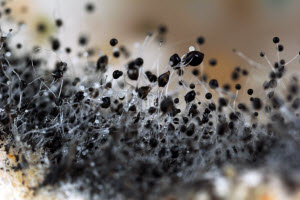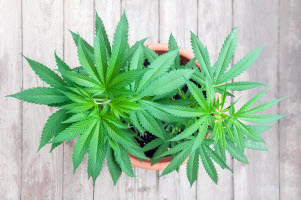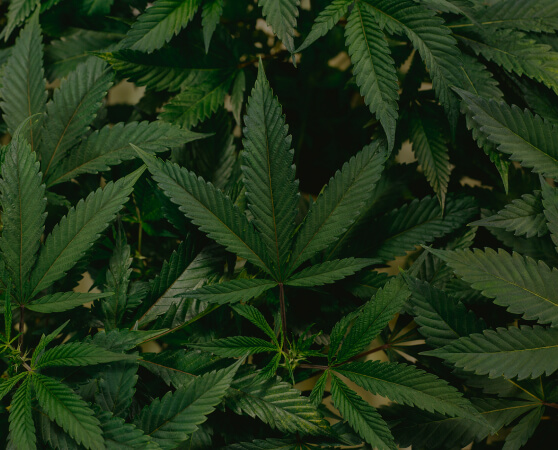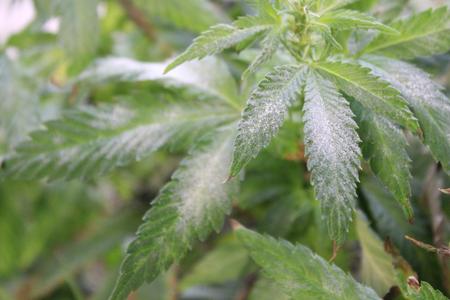
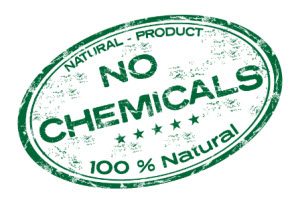 Agricultural producers have turned to chemical fungicides for decades to control the outbreak of fungal plant pathogens. Unfortunately, some evidence suggests that these fungicides may be dangerous for human health. With many cannabis consumers using the product for medical reasons, the demand for organic marijuana is strong. Now, in response to this growing consumer demand, many marijuana producers are wondering how to treat powdery mildew without chemicals.
Agricultural producers have turned to chemical fungicides for decades to control the outbreak of fungal plant pathogens. Unfortunately, some evidence suggests that these fungicides may be dangerous for human health. With many cannabis consumers using the product for medical reasons, the demand for organic marijuana is strong. Now, in response to this growing consumer demand, many marijuana producers are wondering how to treat powdery mildew without chemicals.
Dangers of Using Chemical Fungicides to Treat Powdery Mildew
Some growers resort to using chemical fungicides to treat powdery mildew outbreaks. Common chemicals include myclobutanil, propiconazole, and thiophanate-methyl. Studies in lab animals suggest that these products may be dangerous for health. For example, rats exposed to myclobutanil had atrophy of the male reproductive organs and increased incidence of stillborn babies. Furthermore, the next generation failed to gain weight at a normal rate. Studies exploring the impact of these fungicides in humans are limited. However, those wondering how to treat powdery mildew should likely avoid these fungicides.
In lieu of these chemicals, some producers use copper or sulfur-containing fungicides. Although these pose less of a risk to human health, they may be challenging for marijuana plants to withstand. Excess copper and sulfur negatively impacts plant health. Fungicides containing copper or sulfur may lead to stunted growth, reduced branching, or withered leaves. Copper in particular is extremely toxic in excess doses.
How to Treat Powdery Mildew without Chemicals
What should marijuana producers wondering how to treat powdery mildew do to meet organic standards? The best way to treat powdery mildew without chemicals is to alter environmental variables to keep it from developing in the first place. For example, bumping up the temperature in your grow room by 1 or 2 degrees may be enough to inhibit the growth of powdery mildew, which prefers a more moderate temperature. Additionally, aiming for 45% humidity can be an effective strategy against the fungus.
One effective organic spray is to apply an alkaline solution to the plants. Mixing potassium bicarbonate or sodium bicarbonate (baking soda) to water is an effective powdery mildew deterrent.
Those wondering how to treat powdery mildew without chemicals should certainly consider the impact of poor air quality on plant health. Powdery mildew spores easily travel via the air to infect other plants. Choosing an air purification system like AiroClean420 can keep the ambient environment spore-free. AiroClean420 sweeps up powdery mildew spores from the environment and neutralizes them. It is effective against an array of pathogens that pose a threat to marijuana plants. Contact us today to learn how AiroClean420 can be used in your growing environment.
Ready to Stop Powdery Mildew?
Fill out a simple form to get pricing for AiroClean420.


